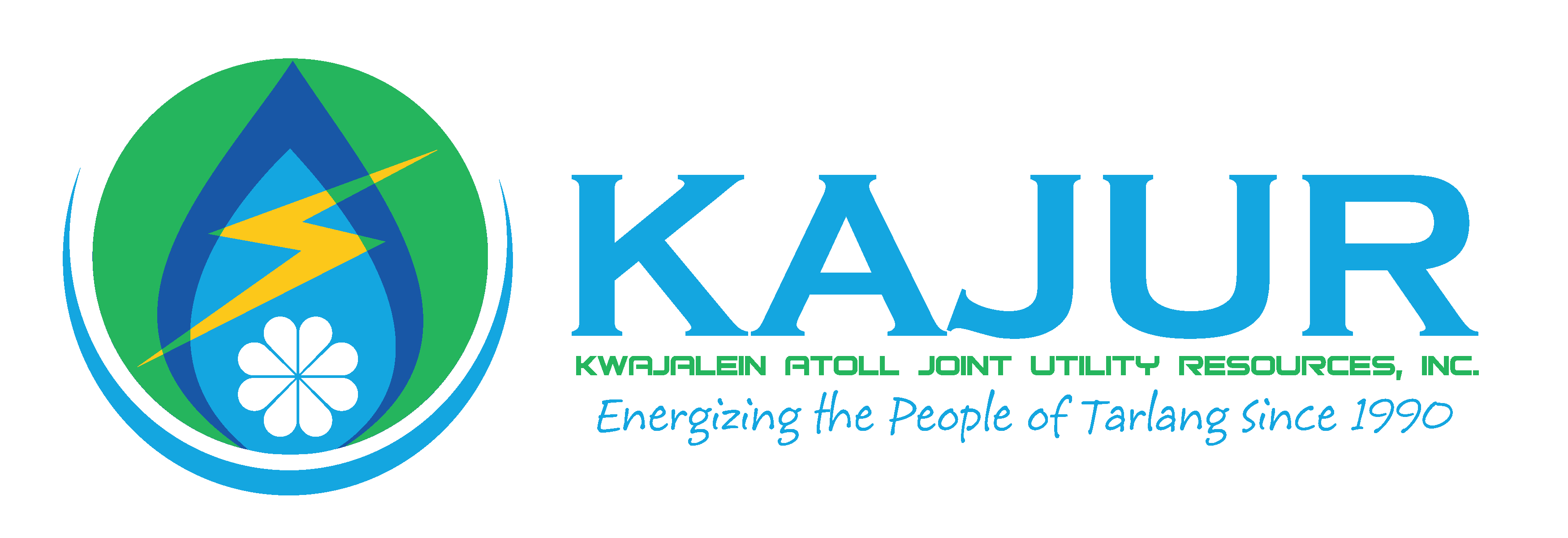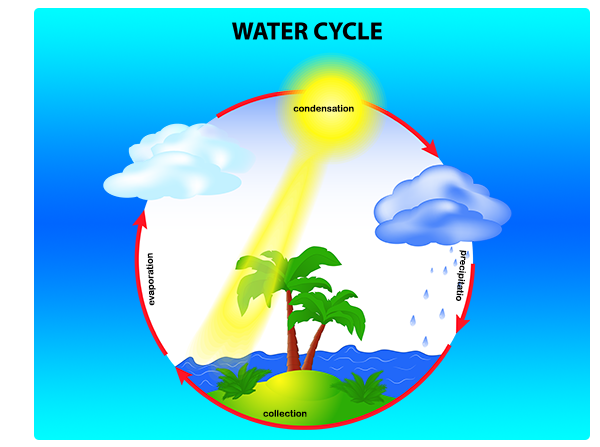Did you know that the water you drank last night, and the water you swam in today is the same water that has been going around since the beginning of time?
The earth has a limited amount of water and it keeps moving between lakes, rivers, oceans, the atmosphere and the land in an ongoing cycle called the water cycle.
It starts in the ocean, where the heat of the Sun turns sea water into vapour, tiny droplets of water which float in the air – this process is called evaporation. Water vapour rises into the sky to make clouds. The wind blows the clouds over land and they drop their water as rain, sleet or snow.
The water cycle has four main parts
- Evaporation (and transpiration)
- Condensation
- Precipitation
- Collection
Evaporation is when the sun heats up water in our ocean and lagoon (and rivers and lakes in other countries) turns it into a vapor (or steam). The vapour leaves the water body goes up into the air. Plants and trees also lose water to the atmosphere through their leaves. This process is known as ‘transpiration‘.
Condensation occurs when water vapor that are rising up into the air start to cool and changes back into liquid forming clouds. Currents high up in the air move these clouds around the globe.
Precipitation occurs when there is so much condensed water in the air the water droplets get to big and heaving for the clouds to hold them any long and the water falls back to earth.
Collection is what occurs when it rains. The water falls back to earth , it may fall in the oceans, rivers or lakes or on the land. If it falls on land, especially here in Ebeye we can collect it in our rain water tanks, or it may soak back into ground and end up in the ocean and lagoon, and the cycle starts all over again.

